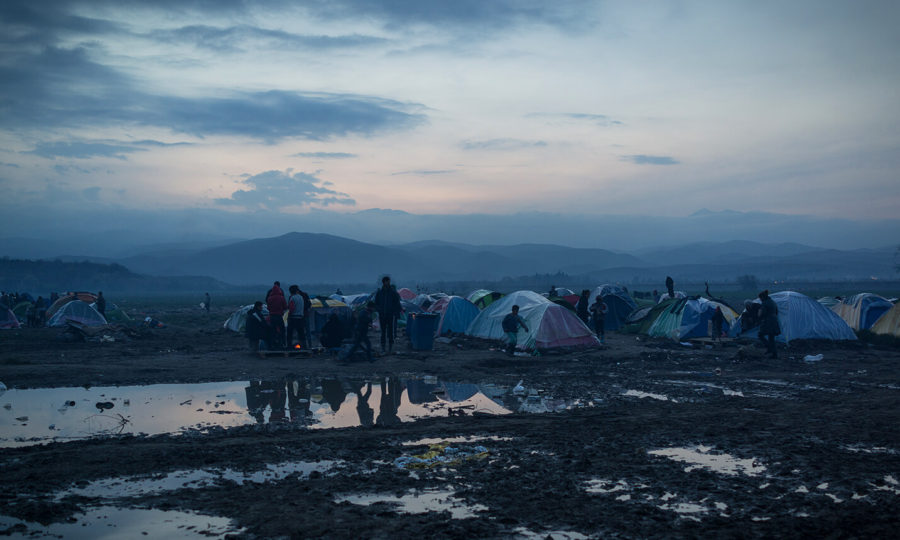Imagine the following scenarios:
-You return to your parents’ home for the holidays, your family greets you with smiles and warm words. You enter your childhood room, ah, at home at last.
-You’ve been swamped at work; projects, meetings, and emails consuming your time. You finally catch a break one Sunday afternoon and meet with a good friend. It feels so relieving, you feel like you’re home.
-You’re somewhere new and foreign, you don’t know the language, you’re trying to get directions. You see someone who looks trustworthy. You approach them and ask to be pointed in the right direction. They know your language, it’s comforting…and it reminds you of home.
-It’s been a rough year, you’ve lost so much that you’ve valued. You feel alone and your life is fraught with instability. You’re in a new country and have no permanent place to lay your roots. You want to go home.
In which of these scenarios do you feel most vulnerable? Why? In which of these scenarios do you feel a sense of belonging?
What it means to be at home
The relationship between home and belonging is intricately intertwined, one informing the other. For a home is a prerequisite for the experience of belonging, and the sense of belonging indicates the foundation of a home. There are various experiences which may evoke the sensation of being at home, as is described through the case scenarios. A childhood room, a good friend, a stranger…these are not descriptors of merely a physical space of a home, nor are these descriptions restricted to pre-existing social relations. Rather, being at-home in the world calls upon you, the subjective and meaning-making agent, to identify with a community of care. It is not about merely finding a space and calling it your own. Rather, it is about internally, phenomenologically, rooting your self into a space.
Like the individual from the fourth scenario, an individual who is uprooted may also experience homelessness, as is the case with refugees. They are not only at a loss of having the constitutive factors for existential well-being – such as identity, worldview, and a sense of meaning – but also struggle to find a new home and sense of belonging in the world. They are the rejected stateless people deprived of the right to find a home.
Rootlessness is a state of being geographically, culturally, and/or existentially uprooted from one’s place in the world.
Human flow
It’s been over a year since I watched Ai Weiwei’s documentary, Human Flow. It depicted the global refugee epidemic with lengthy periods of silence capture the ineffability of the existential shock while images of make-shift “homes” and broken smiles linger on the screen just long enough to evoke discomfort. But why? Why did it make the audience squeamish? Why does gore make us hide our faces while the depiction of this great suffering won’t let us tear our eyes away?
Perhaps, for some, the personal relate-ability of the circumstances hits too close to home. (Given the nature of this post, it may be worth reflecting upon the parallel between this idiom and Arendt’s notion of home and belonging. After all, the meaning of hitting too close to home indicates that something touches one at a personal and vulnerable level.) Perhaps, for others, the idea of getting a glimpse into the atrocity of having most fundamental features of human livelihood stripped away is captivating.
Further, the question of responsibility and duty looms over us, though somehow disparagingly.
Homelessness
Statelessness is the position of being without a nation or governing body; to leave the nation is to leave one’s home and abandon the state which provided culture, language, and a sense of belonging. There are a multiplicity of circumstances where home and belonging are emergent features of life. Whether for good or for bad, our sense of self is intimately tied with our sense of home and belonging. For this reason, it is worthwhile to turn our attention to those whose flourishing is hindered by their rootlessness, statelessness, or the disintegration of communities. We can see how Hannah Arendt’s works can help deepen our understanding of cries for help…and cries for a home.
The photo for this blog post is from Ai Weiwei’s documentary, Human Flow.
